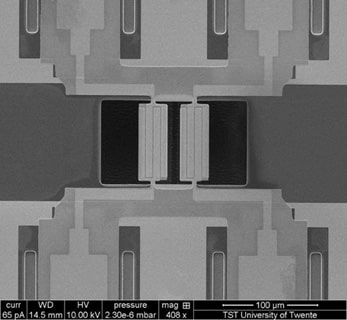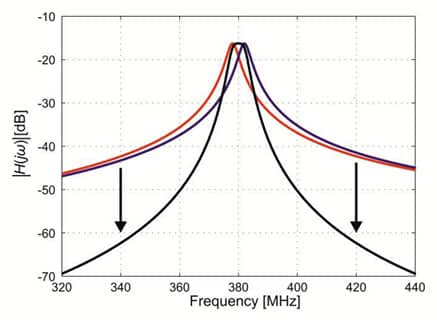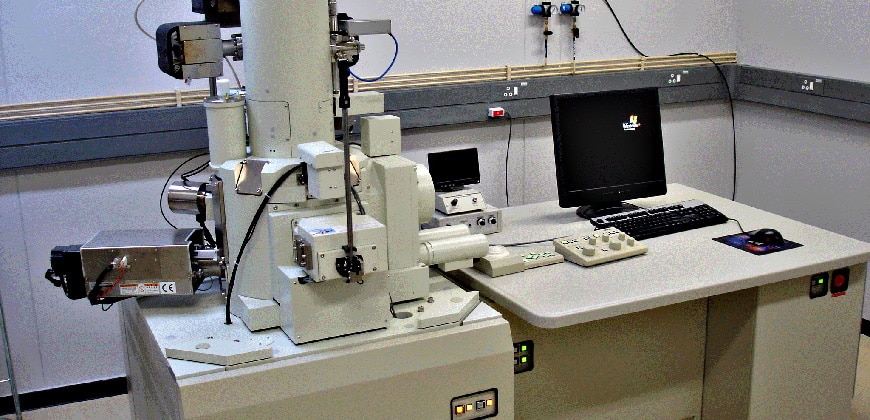New Type of Filter May Help Bring Order to Crowded Radio Spectrum
Scientists from the Netherlands have developed a new type of filter based on micromechanical resonators they say is ideal for maintaining order amidst the expected future growth of frequency standards.
According to researchers at the MESA+ Institute for Nanotechnology at the University of Twente, the new solution consists of two mechanical resonators that vibrate at an adjustable frequency thanks to the piezoelectric material zirconate titanate (PZT), which is applied to metal.

“Normally, the piezoelectric material vibrates perpendicular to the metal and the thickness of the layer determines the frequency. However, the frequency can be varied by making it vibrate in the same direction as the metal,” the researchers explained.
“This technique provides further opportunities for MEMs filter design in addition to existing methods [such as] mechanical and/or electrical coupling,” the researchers add in their paper’s abstract. “It also resolves the design issue associated with high feed-through when exploiting piezoelectric materials with high-dielectric constant like PZT.”

The research was conducted by the University of Twente team in collaboration with CTIT Institute’s Integrated Circuit Design group and SolMateS, which specializes in making piezoelectric layers on chips. Their research is published in the journal Applied Physics Letters.
Article: ITEM Media / Aliza Becker
Editor: M. Danmole’
Image: CSIR / UT





